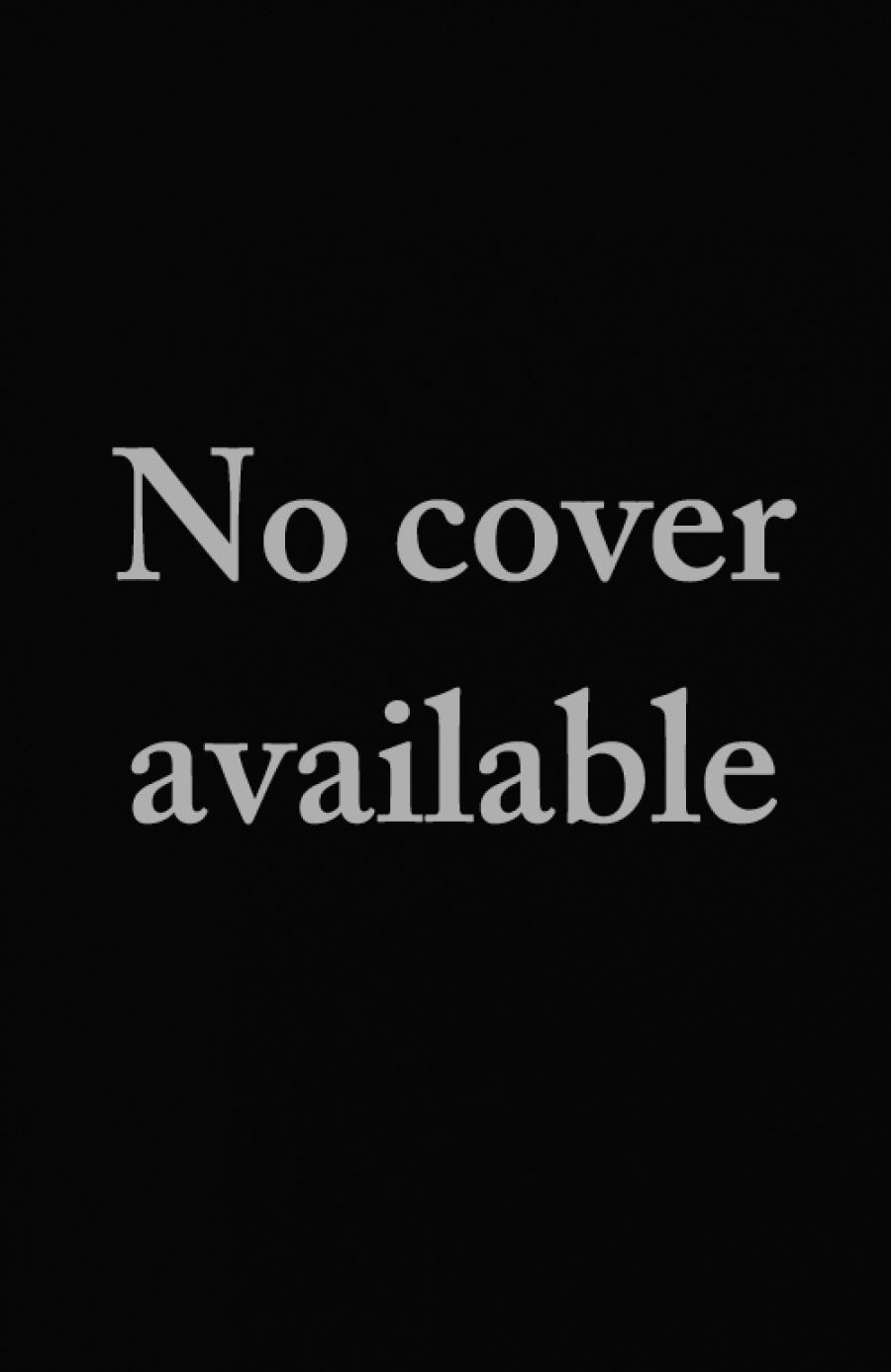
- Free Article: No
- Contents Category: History
- Review Article: Yes
- Custom Highlight Text:
Kathryn Cole’s book sets out by means of thirteen contributions to evaluate ‘two assertions about trade unions (which) are pervasive’. These are that they are very or too powerful, and that they are usually the aggressors in industrial disputes. Its conclusion is that unions are more sinned against than sinning, or, to paraphrase the words of Evelyn Waugh in Brideshead Revisited describing Lady Marchmain, ‘they are saintly without being saints’.
- Book 1 Title: Power Conflict and Control in Australian Trade Unions
- Book 1 Biblio: Penguin, $9.95 pb, 320 pp
Then, the unions are the victims of a system that pits Commonwealth against State jurisdictions. The unions do not even run the ALP for ‘at the federal level at least, unions do not gain the advantages which may [sic] be expected considering their contribution to the Labor party.’ Then the ACTU ‘is starved of funds and of power’ and its situation gets worse the more new affiliations it attracts.
The power of the unions is also neutralised by the hostile legal and conciliation system. Indeed, the law is deliberately used, in for example the granting of exemptions from a closed shop situation, to restrict unionists and bring them into conflict with the community.
Unions are equally democratic, regardless of size, according to the one study reported. But the chapter on this never mentions secret ballots. A case study on shop stewards concluded that ‘the level of education and country of birth did not seem to be significantly associated with any of the variables measured.’
Oh, and of course there is the usual token essay on women entitled ‘Unions Are For Women Too!’
Now, I suppose that this book is aimed at least in part at the tertiary study in industrial relations. It is written by academics and impliedly claims to be a disinterested study. In fact it is an apologia masquerading as a reader. I have no objection to propaganda and advocacy, but in all honesty these purveyors should declare their intentions. This book could serve a purpose if it was honestly subtitled something like A View from the Academic Left.
Another objection is that the book does not come to a clear evaluation of the costs and benefits of unionism. All we are told is ‘blanket assertions about trade unions power to cause massive dislocation do not stand up to close scrutiny and the record shows that most often, union action results only in temporary disruption’. But another contributor, reporting on surveys of public attitudes, says ‘trade unions rather than other institutions, organisations or factors are seen (by the public) to be responsible for the economic crisis’.
Then there is the paradox of the closed shop. Unions exist to protect individual members. Yet to do this they need a solidarity that can only be at the expense of members’ freedom. Where does the balance lie?
Finally, the book has some important gaps. There is not one contribution from the employers’ side. There is no attempt to postulate alternative ways for allocating power and managing conflict. There does not seem to have been an effort to establish the relative power of the employers. How impotent are they made by controls on their powers in the open market – the ultimate forum for the resolution of conflicts?


Comments powered by CComment